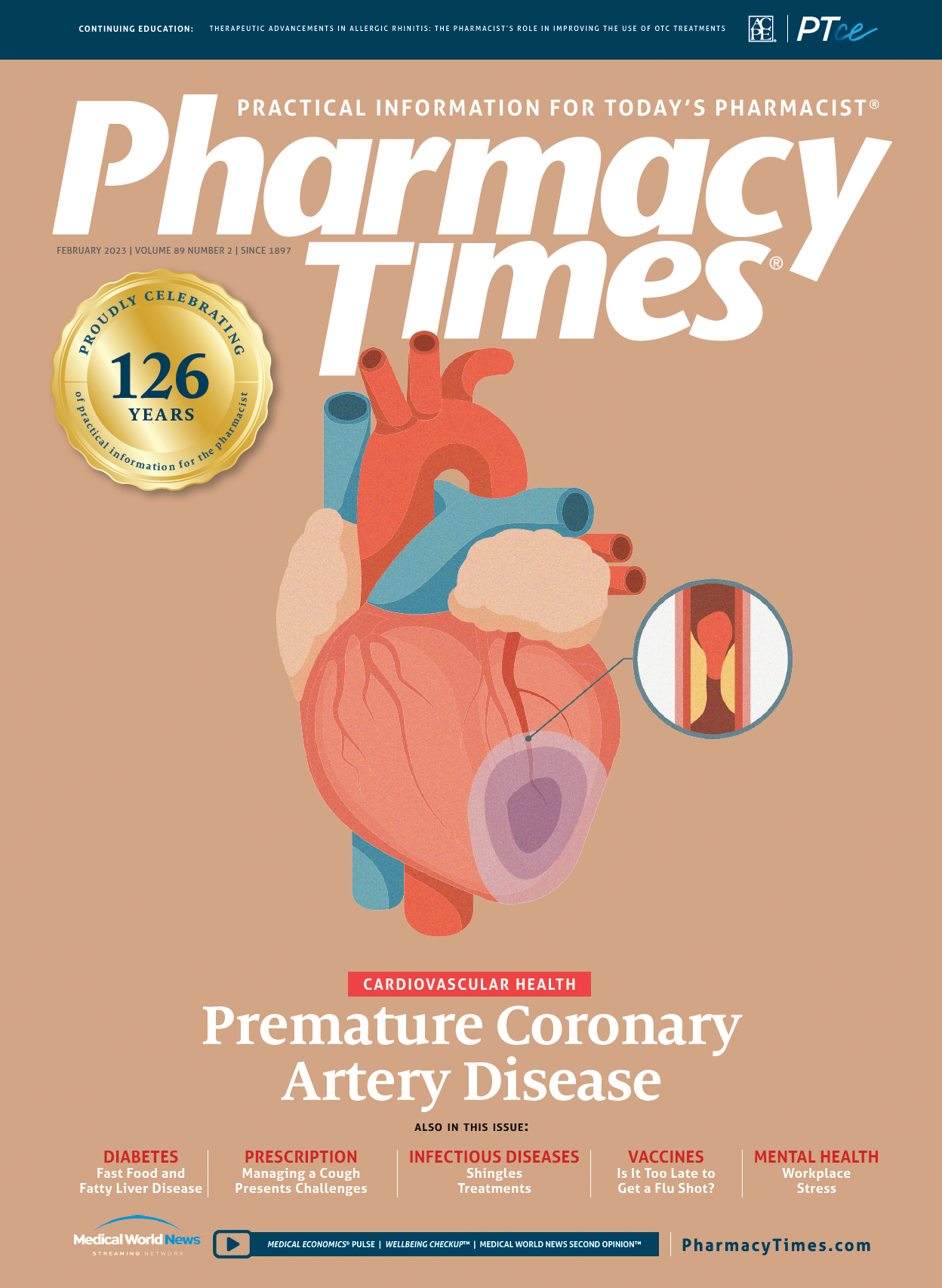
Publication
Article
Pharmacy Times
Plan D Medicare Enrollees May Pay Slightly Higher Premium for Generics in 2023
Author(s):
Analysis shows average monthly premiums for stand-alone plans will rise 10% to $43.
Employees in a stand-alone Medicare Part D plan could experience lower costs and premiums for generic drugs compared with brand-name drugs, according to a recent analysis from the Kaiser Family Foundation (KFF).1 However, experts still think individuals who remain on prescription drug plans (PDPs) will face overall increasing costs for generic drugs in 2023.
Choosing a Medicare plan is “a very consequential decision,” Jeannie Fuglesten Biniek, an associate director of the Program on Medicare Policy at KFF, told TheNew York Times.2 Staying informed is the best route to choosing the best Medicare plan for oneself or another individual, she said.2
Medicare is a federally funded health care program for individuals older than 65 years or those who are younger and have disabilities.3 Medicare was created in 1965 and has since expanded to include numerous PDPs and Medicare Advantage Plans, which are also federally funded but offered through private insurance companies and contain benefits that expand beyond prescription drugs.2
Medicare Part D specifically pertains to prescription drug costs.3 Whether or not a Part D enrollee has signed up for the traditional or Advantage plan, the patient is expected to pay just $1 for a preferred generic drug compared with $44 for a preferred brand-name drug, according to the 2022 end-of-year KFF report.1 Preferred brand-name and generic drugs are considered part of drug tiers, which determines the cost by insurance providers.3 The Part D plan typically uses a 5-tier list, which includes the following2:
- Tier 1: preferred, low-cost generic drugs
- Tier 2: nonpreferred and lower-cost generic drugs
- Tier 3: preferred brand-name drugs
- Tier 4: nonpreferred brand-name drugs or high-cost generics
- Tier 5: specialty medications
Part D enrollees will also be able to mix coinsurances and co payments for their generic drugs, but this may depend on what their individual Medicare plans cover.2 Coinsurance means a beneficiary pays a certain percentage of a drug’s list price.2 For instance, coinsurance payments for specialty drugs, which may already cost enrollees more than $830 a month, increased by 25%, whereas the coinsurance for nonpreferred drugs increased 40% among patients enrolled in Medicare Part D, according to KFF.1
On any Part D plan, the median standard cost-sharing of a preferred generic will be $43 less than the cost of a brand-name drug in 2023.1 For nonpreferred and low-cost generics, cost sharing will stay at a $5 payment.1 However, “Part D enrollees will face much higher cost-sharing amounts for brand and nonpreferred drugs than for drugs...on a generic tier and a mix of co-pays and coinsurance for different formulary tiers,” according to the KFF report.1
In 75% of national PDPs, coinsurance amounts for nonpreferred drugs will range from 40% to 50% in 2023, which is the maximum allowed for this tier, according to the KFF report.1 These increasing drug costs encompass high- and low-cost generics.1
Despite generally lower costs on generics, patients with a PDP may have to pay more in coinsurance on generics that are nonpreferred drugs.1
Costs from coinsurance can be more ambiguous than costs based on a co-pay, as the latter are static (no matter the d ug), whereas coinsurance can create unpredictable out-of-pocket costs that depend on the list price of the drug, according to KFF.1 Additionally, there will also be 2 fewer national PDPs that charge $0 monthly co-pays for preferred generic drugs.1 Nevertheless, 5 PDPs will continue to charge a $0 monthly co-pay for preferred generic drugs, according to the report.
With 24 Medicare PDPs and 43 Advantage plans lined up for 2023, patients have dozens of options.1 Beneficiaries who rely heavily on generics may find that the best choice is the plan with the lowest premium.1
References
1. Cubanski J, Damico A. Medicare Part D: a first look at Medicare drug plans in 2023. Kaiser Family Foundation. November 10, 2022. Accessed December 24, 2022. https://www.kff.org/medicare/issue-brief/medicare-part-d-a-first-look-at-medicare-drug-plans-in-2023/
2. Span P. Which to choose: Medicare or Medicare Advantage? New York Times. November 20, 2022. Accessed January 3, 2023. https://www.nytimes.com/explain/2022/11/20/health/medicare-open-enrollment
3. What’s Medicare? Medicare. Accessed January 3, 2023. https://www.medicare.gov/what-medicare-covers/your-medicare-coverage-choices/whats-medicare

Newsletter
Stay informed on drug updates, treatment guidelines, and pharmacy practice trends—subscribe to Pharmacy Times for weekly clinical insights.
2 Commerce Drive
Cranbury, NJ 08512
All rights reserved.




